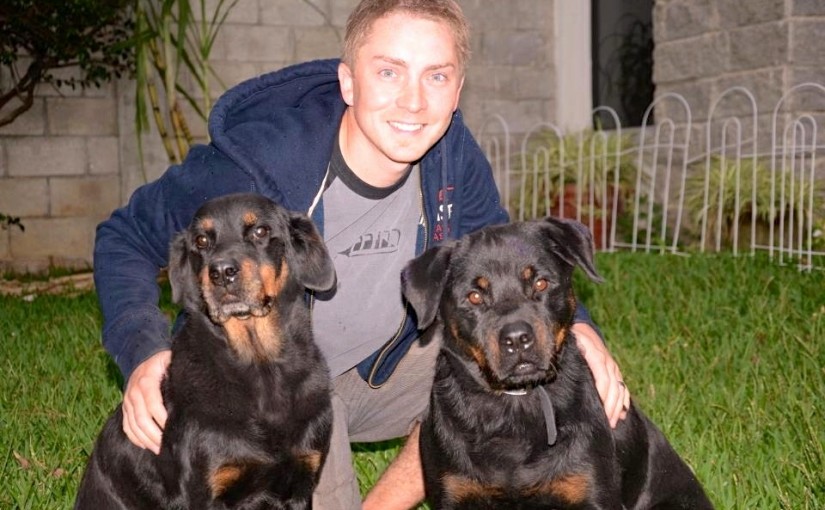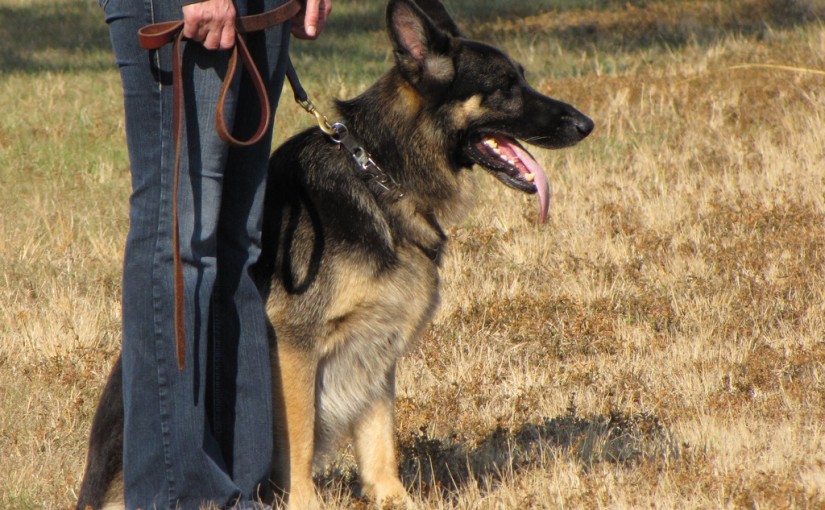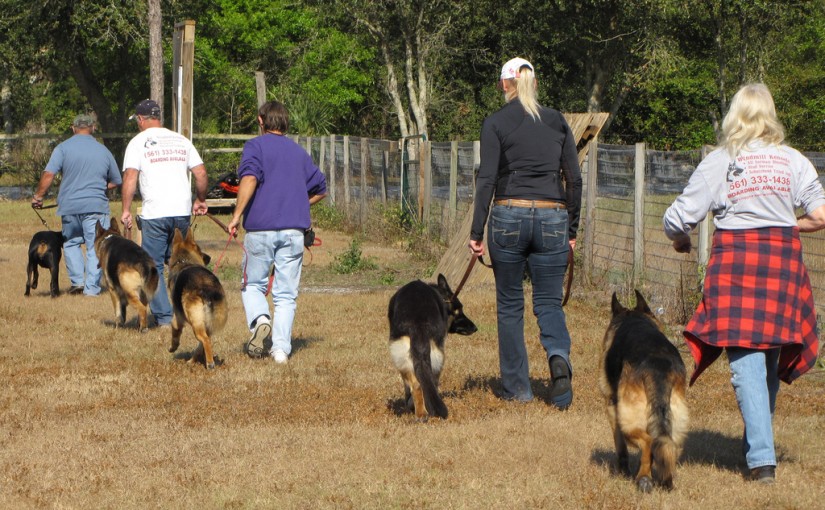Category: Pets
-
7 Ways to Make Your Pet Happy
Be Kind To Animals Week is upon us May 6-12 this year. This week became recognized in 1915 in an effort to raise awareness for the humane & compassionate care of all animals. Being a fur momma myself, I wanted to share 7 easy ways to help your pet live their best life. Talk to…
-

Preparing for Holiday Travel with Pets
Your pet is part of your family—and the last thing you want to do when traveling to visit family over the holidays is leave a member behind. But while your feelings on the matter may be simple, traveling with pets in tow often isn’t. No matter how you’re getting from point A to point B,…
-

The Health Benefits of Having a Dog
Dogs are fun, cuddly and playful. But your pup does much than put a smile on your face. In fact, there are several proven health benefits to owning a dog. So much so, that one insurance company (Midland Life Insurance Company) include dog ownership as a factor in its medical screening for clients 75 years…
-

What To Look For in Dog Food
What you feed your dog is one of the most important health decisions of dog ownership. A dog’s food heavily impacts its energy and overall health. But there are a lot of factors to consider. The right food for your dog depends on size, age, activity level and other special needs your dog may have.…
-

Tips For Training Your Dog
Are you training a new dog? Stuck with a problem behavior you are having trouble correcting? Read on for some tips to help you effectively train your four-legged friend. Consistency is the Key Arguably the most important element in training a dog is consistency. Dogs, like small children, do not do well with mixed…
-

5 Reasons to Take Your Dog to Discipline Classes
Puppies are such adorable bundles of fur, it’s hard to imagine that there could ever have be a need for training classes. After all, training classes are for “bad” or “problem” dogs, not yours. Besides, you can handle teaching a dog a few tricks, right? Wrong—these are common myths, but false ones. The reality is,…
-

Why Do Dogs Jump Up on People?
If you have a dog, the following scenario is likely familiar to you: You come home from a long day at work and open the door to your home, and are greeted by the high energy of your dog, who rushes to the door and jumps up to greet you. Perhaps you enjoy this effusive…